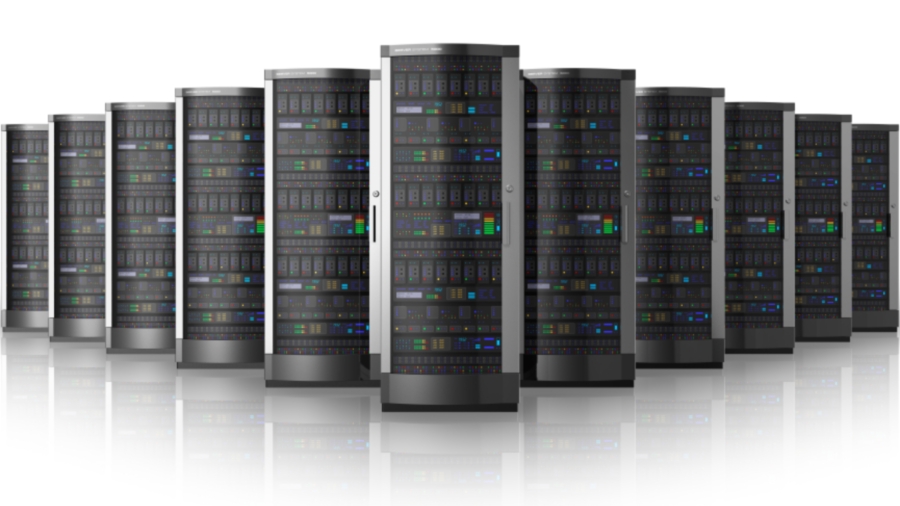How to switch to blade servers
Think about blade architecture and applications

For many businesses the advent of big data and the server sprawl that this has bought to their companies have meant that using traditional servers when more processing and storage is needed are no longer an efficient choice.
Moving to a blade server offers a number of key advantages that include:
- small server footprints;
- increased flexibility;
- better cooling;
- efficient server management.
Blade servers offer a compact solution that removes many of the standard components from the servers and places these into the cabinets or chassis that house the blades.
This configuration enables IT managers to more easily upgrade their servers to take advantage of more powerful processors, without having to worry about other components such as input/output interfaces, as these remain in the server cabinets or chassis.
When moving to blade servers there will be an additional cost, as the chassis have to be purchased. However, once these are in place, and the fact they can house several blade servers like the PowerEdge range from Dell, will mean the additional cost is quickly recouped via efficiency and power savings.
One of the main advantages of moving to blade servers that is often overlooked is, because several can be housed in one chassis, it is possible to manage several servers from one control interface.
In addition, as the hard drive modules of blade servers are hot swappable, memory upgrades become child's play.
Are you a pro? Subscribe to our newsletter
Sign up to the TechRadar Pro newsletter to get all the top news, opinion, features and guidance your business needs to succeed!
Finally, blade servers are highly controllable via throttling, which Dell offers on all its blade servers. This gives IT managers the ability to dynamically control the power consumption and fan speed of individual servers, which can have a major impact on power usage and therefore cost.
Planning your move
IT managers planning their installation of blade servers for the first time should ensure they are familiar with the blade architecture they are buying. Moving from traditional servers to blades will require a re-education of how servers are structured and the control interfaces they use.
The applications in which your blade servers will be used should also be carefully considered.
For example, e-commerce applications that need high read/write ratios may be more suitable for standalone servers, as blade servers use an interface module on the chassis. This can in some circumstances cause data bottlenecks.
The most important consideration is how many blade servers you will need. From an economic point of view, IT managers should think about filling the chassis they buy with servers, as this brings the efficiency and costs savings that the move to blade configurations promise.